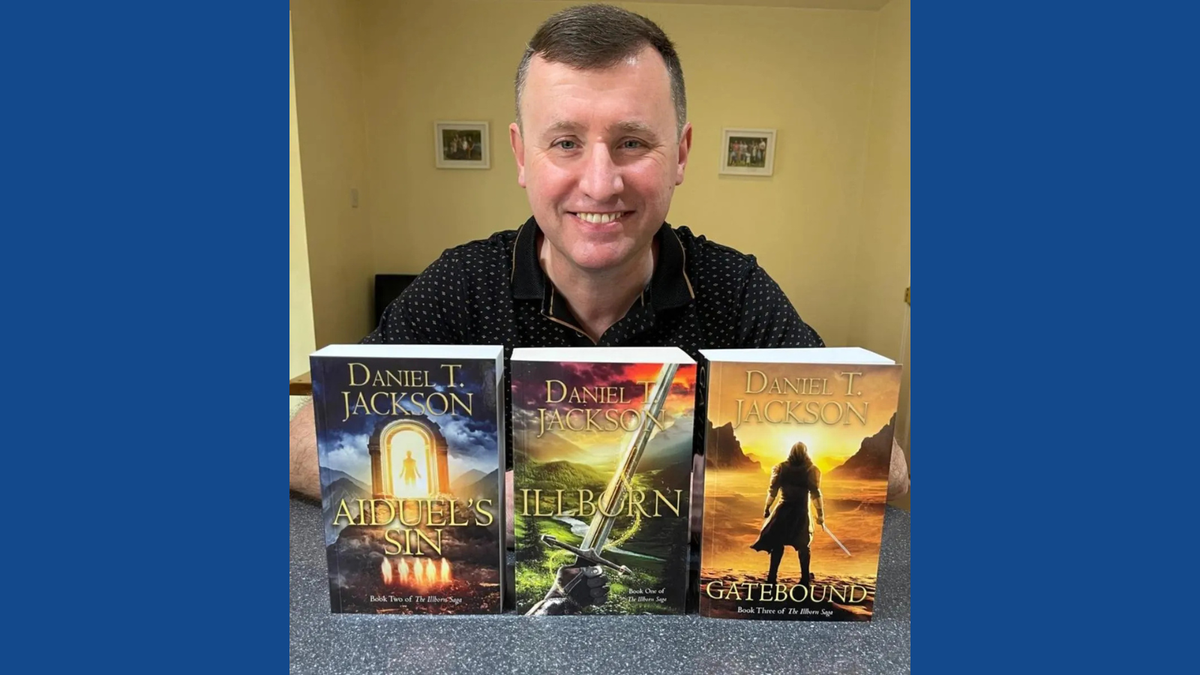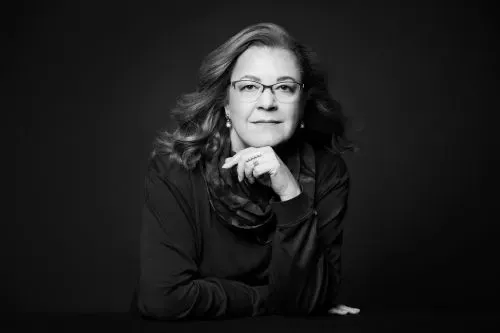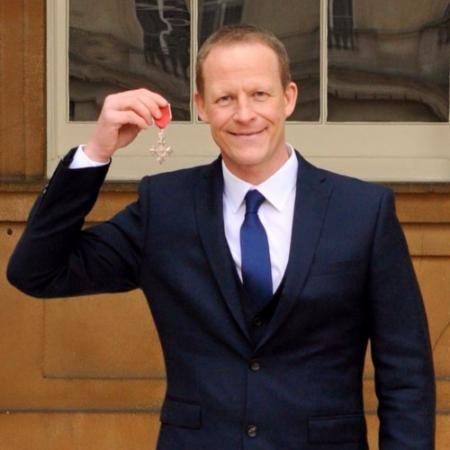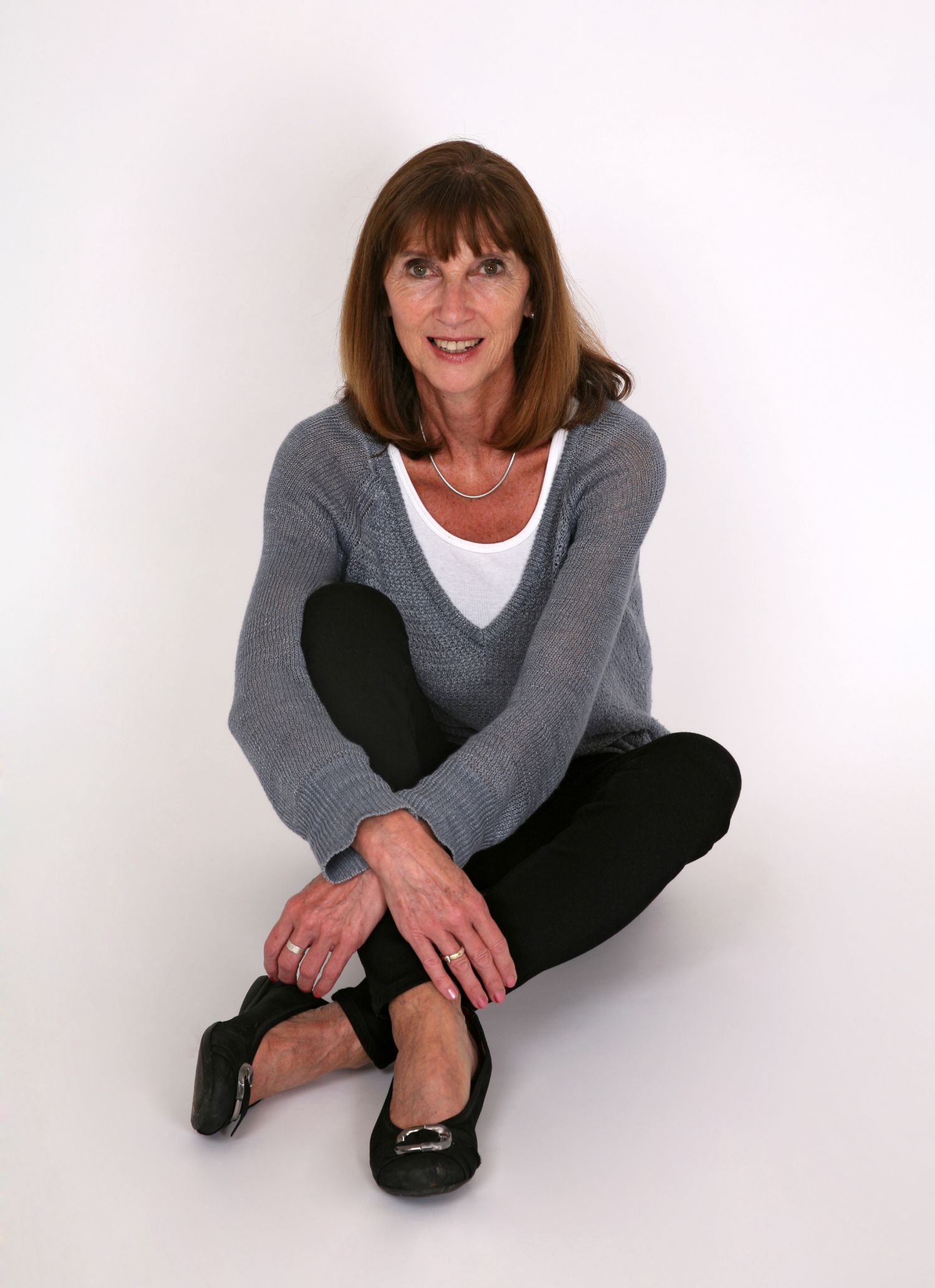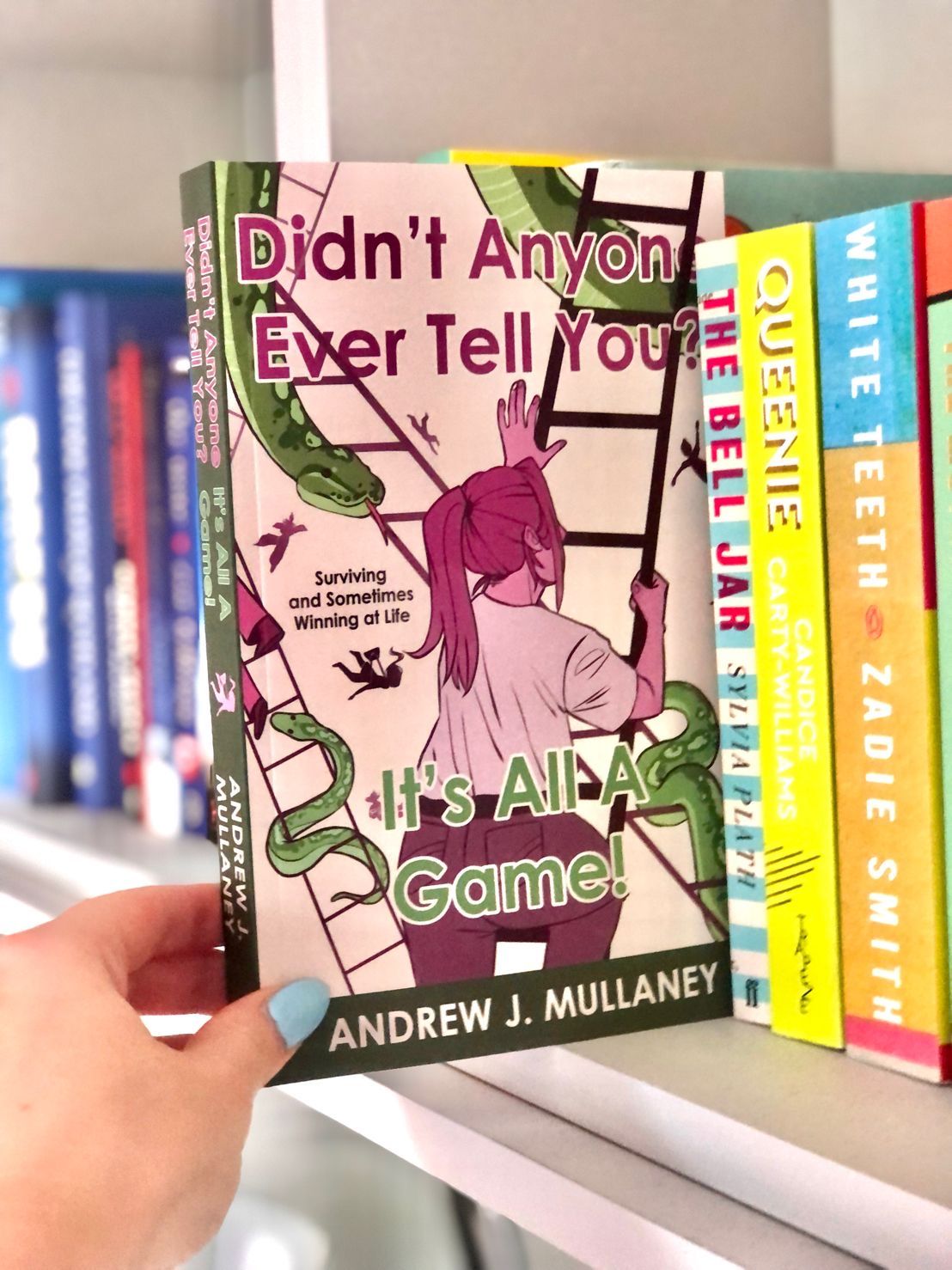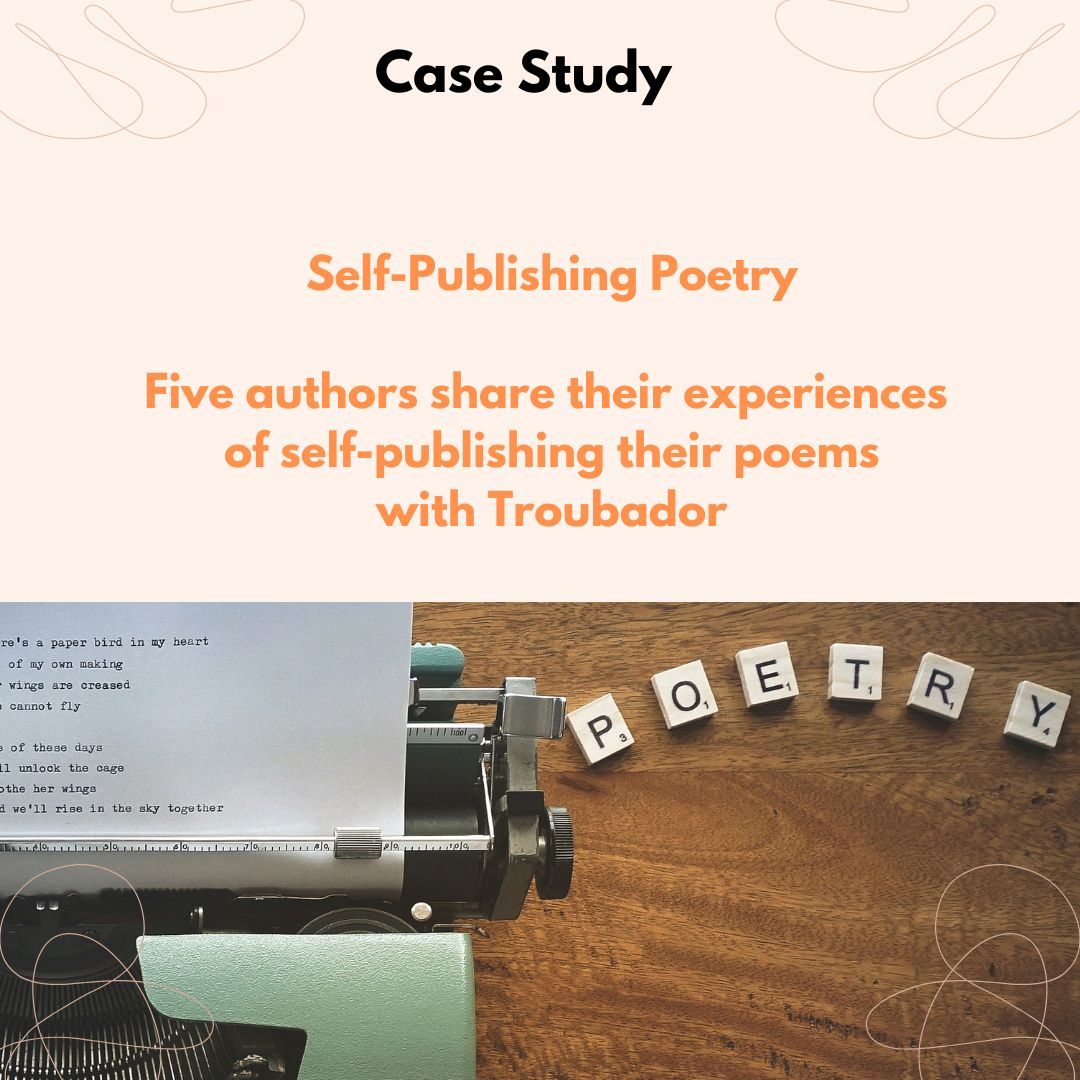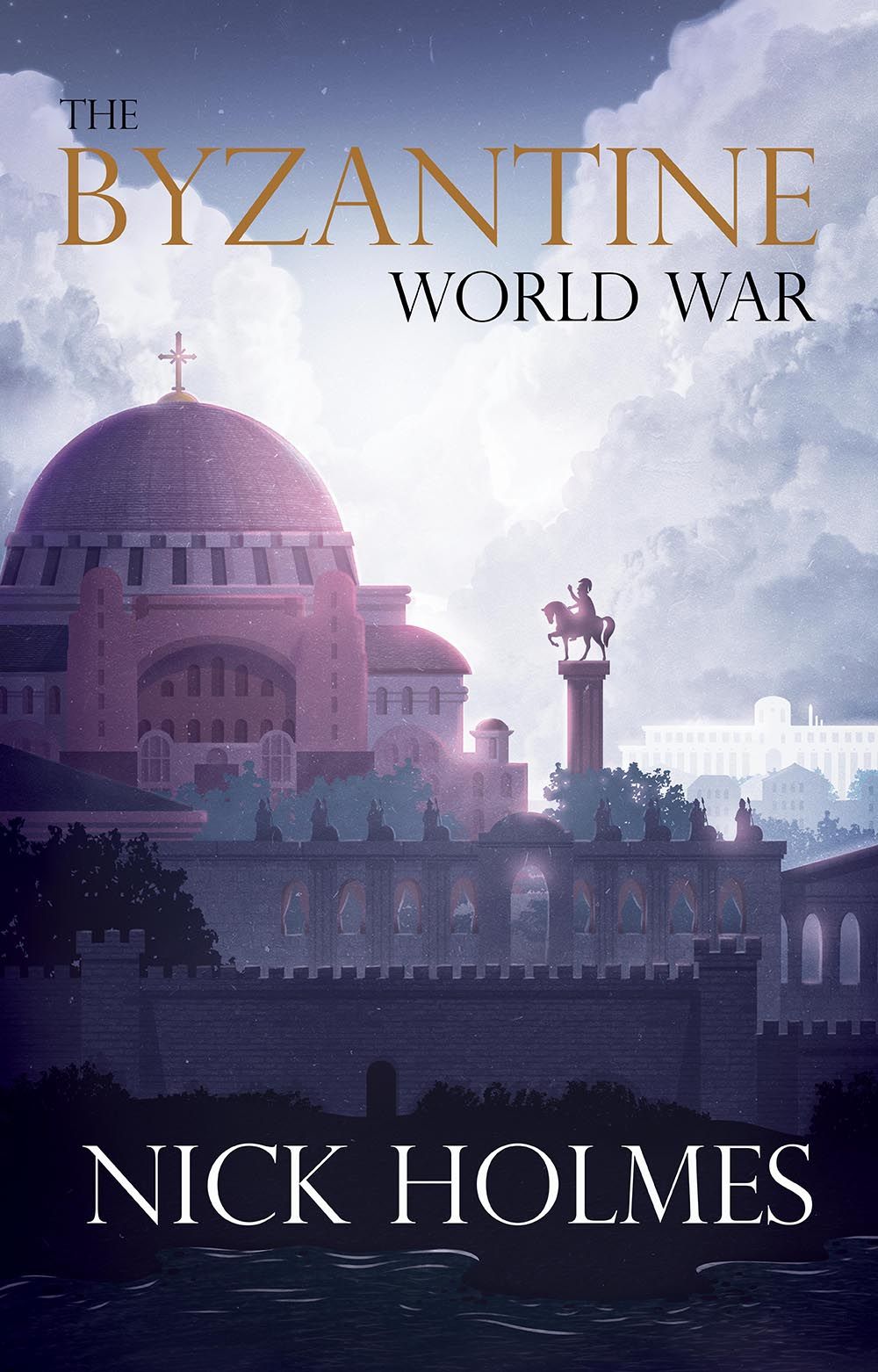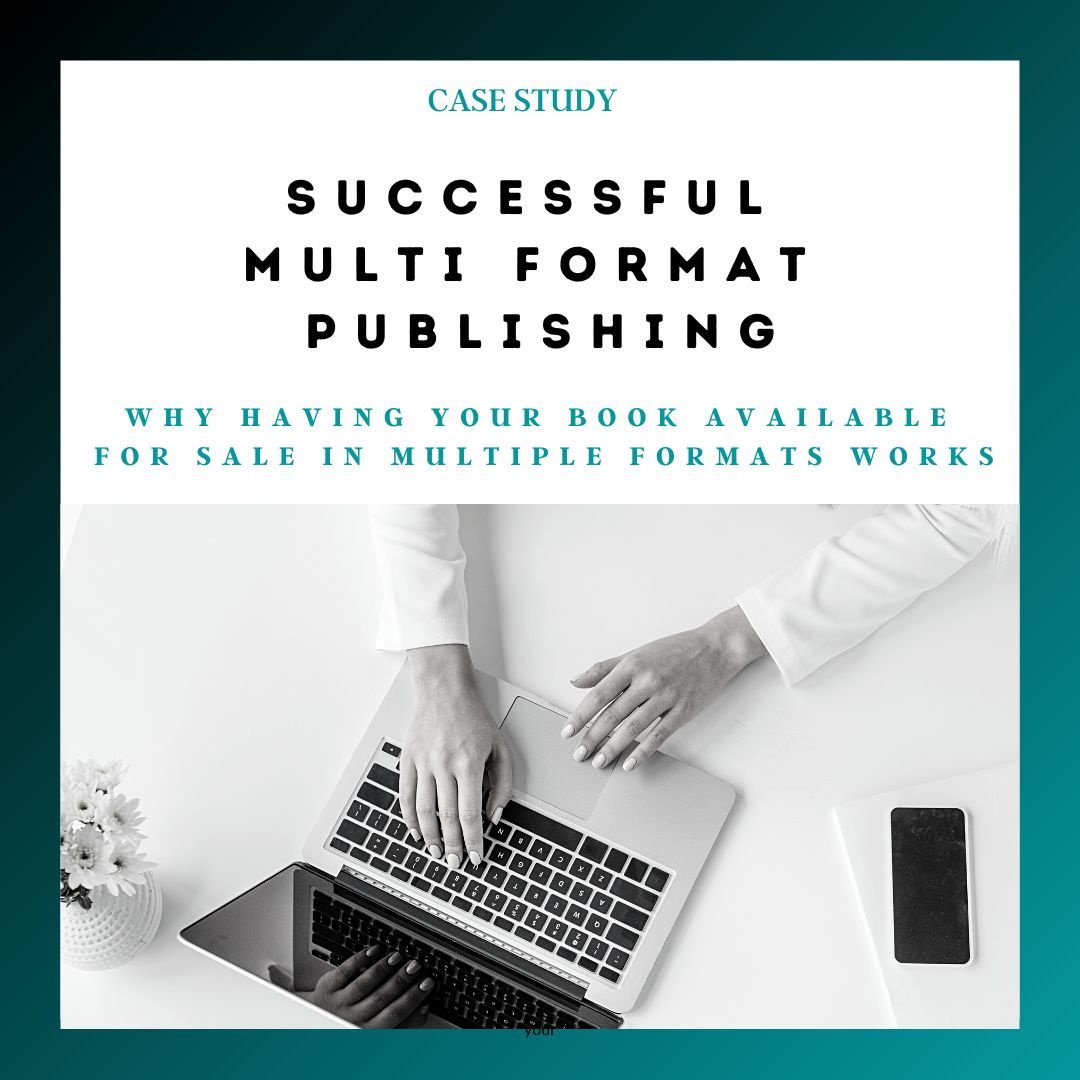
8 min read
Success with Multi Format Publishing
Written by:
Troubador Publishing
What is multi-format publishing?
Simply put, multi-format publishing means having your book available across as many formats as possible simultaneously; printed, ebooks and perhaps audio if possible. This way of publishing offers many advantages for self-publishing authors. In this case study, we examine the benefits of multi-format publishing and speak to four self-published authors about their experiences with multi-format publishing.
How do consumers buy books?
Readers have preferences when it comes to how they buy and read books. If a book is unavailable in its preferred format, sales can be lost and your marketing efforts unintentionally limited. It might seem that making the same book available in multiple formats simply reduces the total overall sales across all formats, but evidence indicates the opposite – that increasing format availability actually increases sales. Consumers want to buy the book in the format and via the retailer of their choice, so it is also important to ensure that your digital formats (ebook and audio) are available across multiple platforms. Most ebook and audiobook consumers have a subscription that ties them to one supplier, and if your book is unavailable on their chosen platform, you can miss those valuable sales opportunities. This is why we make our ebooks and audiobooks available across multiple platforms (Amazon, Apple, Barnes & Noble, Google, Audible, Spotify, Deezer, etc). The other benefit of multi-format publishing is that you have all versions of the book ready for sale, and for preorder, allowing you to maximise your marketing across all channels.
Multi-format publishing: the author view.
Erika Gosi wrote From Wolf to Supermutt and Everything In Between after becoming the owner of a rescue dog (Mila). Unable to find the help she needed, she trained as a dog behaviourist and wrote a book to share her knowledge with others. It was therefore important for Erika to have her book widely discoverable: ‘My goal was to reach as many people as possible, which is the reason I decided to make the book available in paperback, ebook and audio. While most people still prefer a hard copy book, there is a demand for ebooks, and I wanted the best of both worlds. With audiobooks - this sector of the book market is predicted to become a multi-billion dollar industry, and I wanted a presence in that market.’ Erika had a very clear idea of what she wanted to achieve with her book and knew that multi-format was the best way to achieve that, especially with her clearly identifiable market of dog owners. Fiction writer Marlene Hauser (https://marlenehauser.com) published with both Troubador and The Book Guild, and acknowledges that modern publishing needs a modern approach: ‘Everyone reads today digitally, no matter how much they love the feel of a paperback or hardback. People read on the go, and a Kindle, for example, is a way to take your library with you anywhere.
Audio allows you to exercise while listening or travelling while listening. I think multi-format publishing is the only option today for wider exposure.’ Marlene has really embraced all possible formats while publishing her novel, Off Island. ‘I have chosen to have paperbacks printed, plus print-on-demand options and an ebook and audiobook,’ says Marlene, ‘For me, it was both a learning experience to understand the industry today and an opportunity to offer readers options.’ John Taylor, the co-author of The Psychology of Spies and Spying – A Fascinating Look at the world of espionage – had another compelling reason to investigate the multi-format approach. ‘I was intrigued by the idea of self-publishing and the book is available as a paperback and as an ebook. The audio version, read by me, will be available this month.’ The audiobook came about because John noted that, ‘Many of the students I lecture asked me to have an audiobook as that was their preferred way of reading. I personally prefer ebooks but I really enjoyed creating the different formats, including what I think is a very good-looking paperback.’
Award-winning Composer, Arranger and Musical Director, Mike Dixon, known for his work with Andrew Lloyd Webber, in theatre and for the BBC, published his memoir in 2021. Turn Around and Take A Bow was released as a hardback, paperback ebook and audiobook. ‘I wanted to publish my autobiography and make it as accessible as possible as I use ebooks and audiobooks all the time myself.’ Nick Holmes is a history fan who travelled around the Middle East (with the help of a research grant) following the route of the First Crusade. His book The Byzantine World War was published in audio, ebook and paperback formats. Nick has been an enthusiastic adopter of multi-format publishing: ‘Most of my sales are for the ebook and I think an ebook is a must for all authors since it is such a flexible product. There is no upfront print cost so you can price it competitively. So far, across all formats, I’ve sold over 10000 copies and have gained over 300 Amazon ratings.’
Unseen benefits of multi-format publishing
All of the writers featured, in this case, study have embraced multi-format, and have identified the key areas where multi-format publishing offers sometimes unforeseen benefits. These include: Accessibility and reaching wider audiences An undervalued aspect of ebooks and audiobooks is that they open up reading to those previously excluded for being able to access many titles. So rather than being limited to a small range of specialist large print or braille editions, with the correct features enabled in an ebook, all books can be made accessible. In fact with changes in technology and legislation around digital accessibility changing, ebooks will soon need enhanced coding to enable better navigation and interpretation features. These give access to books to readers with needs not currently met by current book formats.
Our Digital Team are actively working on projects here at Troubador to ensure our ebooks are as accessible as possible. Of our interviewed authors, Erika Gosi ‘prefers ebooks as I like being able to change fonts and read under all lighting conditions.’ The flexibility in font size, text-to-speech and portability makes digital a great format for increasing your readership.
Cost to the consumer in a cost of living crisis
In addition, books, especially hardbacks, are expensive – and the talk in the trade is that cover prices will need to go up as distribution, print costs and energy are also rising. Marlene Hauser acknowledges this: ‘I love an actual book; however, hardback prices are increasingly prohibitive and current bestsellers are sometimes not available for a while at a library. Therefore having options to read the book in other formats can offset availability and cost issues for readers.’ Having multi-format publishing versions also allows you to experiment with pricing, doing price drops and giveaways on digital copies, to drive sales and reviews.
International markets
Mike Dixon, whose career has taken him across the world, enjoys the benefits of multi-format publishing that make his book easier to buy in different territories where he has fans, family and friends. ‘Ebooks are more international than printed copies, making it easier for my overseas readers to get hold of a copy and without the need for postage and packaging!’ he observes.
Non-fiction multi-format publishing benefits
John Taylor, who works in education, also highlights an additional benefit for non-fiction or books for students when published in different formats: ‘Ebooks are very good for the researcher as the index and search systems work well. I can also put my whole library on my Kindle and carry it around with me!’ In addition, students often have big reading lists with expensive books, and university libraries don’t always have enough copies to go around.
Availability
As discussed previously, having a book available in every format means your reader can find and purchase your title no matter how they prefer to read or buy their books. Erika acknowledges, ‘I prefer the versatility of having my library at my fingertips. I realised that many readers love the convenience of ebooks. As such, I didn’t want to limit myself to bookstores which would exclude a large portion of the book market.’ As an author and publisher, you are looking at maximising your book’s reach and readership, which means embracing formats you might know little about, ‘Personally, I like reading print books rather than ebooks, and I like audiobooks and podcasts. But the ebook is definitely a top choice for indie authors because it’s so flexible and easy to distribute, so you must focus on it no matter what your own preference for the format,’ recommends Nick Holmes. For serious self-publishers, it is about discoverability and finding readers, not simply about publishing a book in the format you prefer to read in.
Are there drawbacks to multi-format publishing?
While the advantages outweigh any disadvantages, publishing across multiple formats requires a bit more time and effort – getting the different formats prepared and ready and then uploaded correctly for sale to the right platforms. Using a self-publishing partner such as Troubador can aid this process enormously, however – and all of the authors we interviewed have used our self-publishing services to facilitate their book production, sales and marketing. ‘The Troubador team I worked with to self-publish were excellent. They were all helpful and led me through the process one step at a time, so I can’t say that either format was easier or harder,’ says Erika. She acknowledges that it was marketing and finding readers that was the most challenging part of multi-format publishing. ‘Printed books are visible in bookstores, but online books quickly get lost.
However, with proper marketing, there is enormous potential.’ Audiobooks are also expensive to produce and there is a cost implication if taking that route as well. As Mike and John point out, there are also technical considerations that you need to be aware of. Mike says, ‘Getting the formatting of files for an audiobook can be a nightmare – but that was the only downside and was outweighed by the fact that both the ebook and audiobook can be consumed anywhere in the world easily!” John agrees, ‘I enjoyed reading the book for the audio but it did take a lot of time and the technical requirements are quite strict, so I suppose we could say that audio was the hardest and the ebook the easiest. However, I enjoyed all my interactions with the Troubador team who were always helpful and constructive.’
The joy of holding a copy of your book
Multi-format brings greater sales reach and can put your writing in front of a wider audience, but there remains something magically tangible about a printed book for the author. Seeing a book for sale on a digital platform can be thrilling, but holding that printed book, well that’s a different feeling entirely… ‘I like to hold and admire my creation. Feel the weight of it and appreciate the fruits of my labour. The book has a presence, which I can also proudly display for all to see,’ says Erika.
Mike agrees, ‘It was the hardback that gave me the ‘wow’ factor when I received the first copies. However, I am really proud of how the audiobook looks and sounds – particularly because I performed it myself.’ And John also is drawn to the paperback format of his book the most: ‘I am most proud of the paperback version as it shows off the formatting best!’
For Marlene however, she is equally thrilled with all her multiple formats; ‘I think multi-formatting is the only option today for wider exposure. For me, Troubador was the perfect partner with their “soup to nuts'' menu. I am proud of the paperback and ebook. Although the audiobook process was fun!’ To learn more about how multi-format publishing can make a difference in your book, why not speak to our friendly and experienced customer services team?

